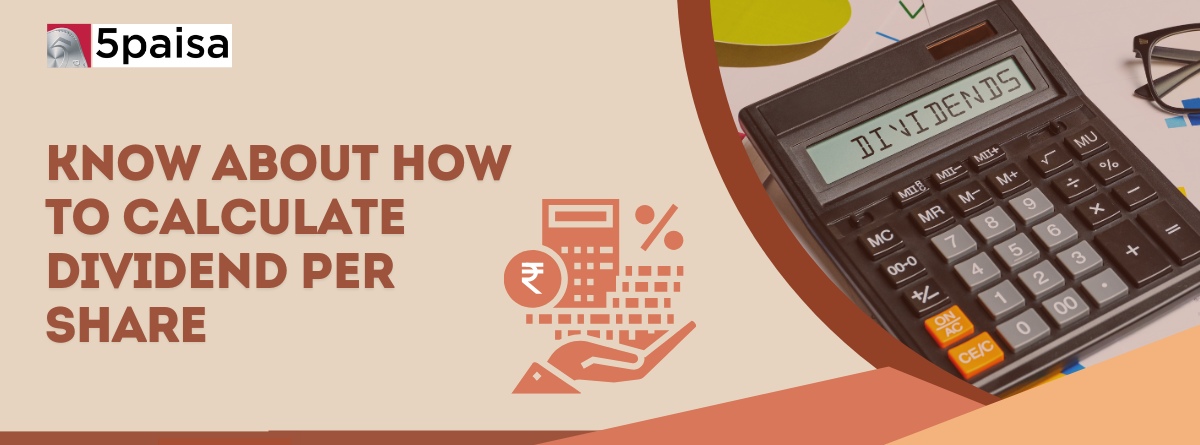Content
- Dividend Per Share meaning
- How to Calculate Dividend per Share
- Dividend Per Share Formula
- Dividend Per Share Calculation
- Dividend Per Share Calculation - Example
- Dividend Per Share Calculation From the Income Statement
- Types of Dividends
- Dividends Per Share vs Earnings Per Share
- The Rationale for Paying and Not Paying DPS
- The Rationale for Not Paying a Dividend
- What is a Good DPS Ratio?
- Conclusion
Dividend Per Share meaning
Dividend Per Share represents the amount of money a company pays out to its shareholders for each share they own. It reflects the portion of the company's earnings that is distributed as dividends offering a way for investors to receive income in addition to any potential gains from stock price appreciation. A higher DPS indicates that the company is performing well and generating enough profit to reward its shareholders. Companies that consistently pay or increase dividends are often seen as stable and reliable which can attract long term investors. DPS helps investors assess the return on their investment especially those seeking regular income through dividends. It also provides insight into a company's financial health and its ability to share profits with its shareholders over time. This payment usually comes from the company’s profits and the amount given is decided by the board of directors.
Dividends can be seen as a way for companies to share their earnings with investors. However it's important to know that paying dividends is not mandatory. Companies have the option to either distribute dividends, reinvest their profits back into the business to fuel growth or do a combination of both. The decision on whether to pay dividends and how much to pay ultimately lies with the company's board based on their strategy and financial health.
More Articles to Explore
- Difference between NSDL and CDSL
- Lowest brokerage charges in India for online trading
- How to find your demat account number using PAN card
- What are bonus shares and how do they work?
- How to transfer shares from one demat account to another?
- What is BO ID?
- Open demat account without a PAN card - a complete guide
- What are DP charges?
- What is DP ID in a demat account
- How to transfer money from demat account to bank account
Disclaimer: Investment in securities market are subject to market risks, read all the related documents carefully before investing. For detailed disclaimer please Click here.
Frequently Asked Questions
You can calculate the dividend per share using this method:
DPS = Total Dividends Paid Out in a Year/Outstanding Shares of the Company
Yes, Dividend Per Share is important to investors as it indicates the cash return on their investment reflects company stability and helps assess financial health and growth potential.
A good Dividend per Share ranges from 2% to 6% of the stock price indicating healthy returns, but varies by industry, growth stage and market conditions.
An increasing dividend per share shows that a company is financially healthy. It indicates how well the company has performed in the past and suggests that its current financial situation is stable. Regularly increasing dividends can be a sign of a strong and reliable business.
To calculate Dividend per Share (DPS) from Dividend Yield, use the formula:
DPS = Dividend Yield × Share Price.
a 4% yield on a ₹100 share gives ₹4 DPS.



